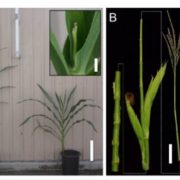
KNOTTED1 cofactors, BLH12 and BLH14, regulate internode patterning and vein anastomosis in maize
Plant Science Research Weekly, Research0 Comments
/
The maize shoot comprises modular domains of leaf, subtending shoot tissue, and an intercalary meristem that sits just above the next leaf down. By contrast to eudicot shoots that form a ring of vascular bundles, maize shoot vascular bundles remain as separate bundles, forming a “disordered” atactostele.…
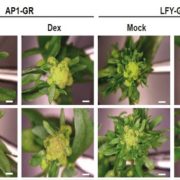
Transcription factor interplay between LEAFY and APETALA1/ CAULIFLOWER during floral initiation
Plant Science Research Weekly, ResearchSeveral transcription-factor encoding genes involved in the transition from vegetative to reproductive growth have been identified. One of these, LEAFY (LFY), is expressed at the flanks of the inflorescence meristem at the site of newly forming floral meristems; loss-of-function lfy mutants produce leaves…
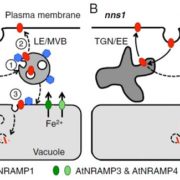
Phosphatidylinositol 3-phosphate–binding protein AtPH1 controls the localization of the metal transporter NRAMP1
Plant Science Research Weekly, ResearchNRAMPs are transporters of iron (Fe) and manganese (Mn). The nramp3nramp4 double mutant arrests shortly after germination, due to its inability to remobilize Fe from seed vacuolar stores. Agorio et al. used a genetic approach to identify nns1, a partial suppressor of the growth-arrest phenotype. They…
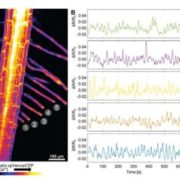
Light sheet fluorescence microscopy quantifies calcium oscillations in root hairs
Plant Science Research Weekly, ResearchLight sheet fluorescence microscopy (LSFM) is a powerful imaging tool; unlike confocal microscopy, which illuminates a sample one small volume at a time, LSFM illuminates a complete optical section at a time, greatly speeding up the imaging process and lowering phototoxic effects. Candeo et al. use close-to-physiological…
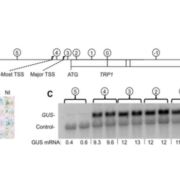
Intron DNA sequences can be more important than the proximal promoter in determining the site of transcript initiation
Plant Science Research Weekly, ResearchThe site at which transcription begins is traditionally thought to be determined in the proximal promoter by assembly of the pre-initiation complex just upstream of the transcription start site (TSS). New results from Gallegos and Rose challenge this assumption. Prior studies have shown that the presence…
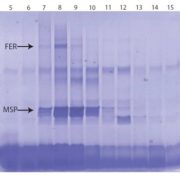
Cell-free membrane protein expression system enables functional characterization of receptor-like protein kinase FERONIA ($)
Plant Science Research Weekly, ResearchMembrane proteins are some of the most interesting cellular proteins, serving as sensors and transducers of diverse signals, yet they also are the most challenging to investigate because they require lipid interactions for proper structure and function. Recently, cell-free expression systems for membrane…
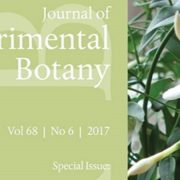
Special issue: Flowering of jasmonate research
Plant Science Research Weekly, ResearchJasmonates are a family of compounds including jasmonic acid and its derivatives that regulate many plant processes from germination to defense. The Journal of Experimental Botany has a special issue on jasmonate research, which commemorates the advances in this field in the ten years since the JAZ proteins…
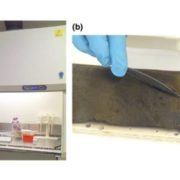
Review: Ancient plant DNA in lake sediments
Plant Science Research Weekly, ResearchFossils have been extremely useful in efforts to reconstruct the past, but recently the analysis of ancient DNA (aDNA) has taken off. Parducci et al. describe the value of lake sediments as sources of ancient DNA from which to gain insights into the plant populations of ancient times. Lakes are found…
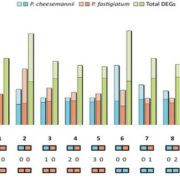
Review: Insights into plant adaptation from transcriptomics and proteomics studies
Plant Science Research Weekly, ResearchOmics approaches have helped shed light on how plants relate to their environment and how they respond to changes in it. Although still relatively underutilized, comparative transcriptomics and proteomics approaches also can be applied to study mechanisms of plant adaptation. Voelckel et al. discuss…

